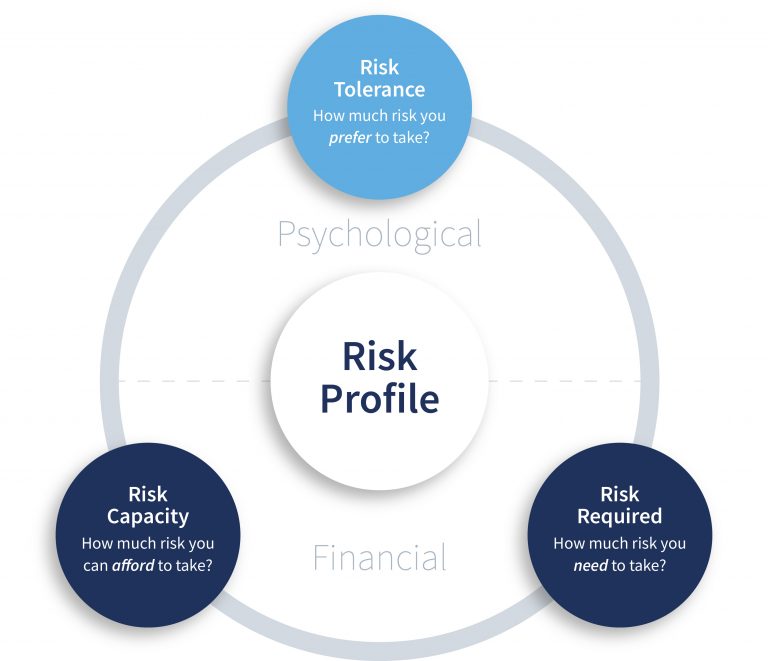By fully understanding your needs we are able to structure our investment portfolios to help meet your objectives, ensuring you remain fully engaged with our approach at all times.

Listening to understand
With decades of investment and client experience behind us, we know the importance of really getting to know what the investment needs are of each individual or family group. Only by both listening to and understanding the needs and the levels of risk a client is prepared to take with their capital can we start to prepare the investment plan which will be completely tailor-made to meet those requirements.
As part of a substantial financial services business, we utilise cutting-edge technology, industry leading back-office administration and have access to Raymond James analysts providing global research.
Our aim is to provide a highly personalised service coupled with clear and unbiased advice to clients to achieve their financial goals.
Exploring aspects of risk
Exploring and considering the various aspects of risk is of vital importance in constructing investment solutions for clients. Individuals have different levels of risk tolerance and equally important, we need to understand clients’ ‘capacity for loss’ – in other words the loss of value of within an investment portfolio a client is able to accommodate without it resulting in a material decline in their standard of living. By using the Finametrica system of risk scoring, we can go a long way in determining what risk levels each individual client can tolerate.


The first Step
The first step is to establish our client’s investment needs so we can correctly structure the individual investment strategy. Our clients ultimately determine their own objectives, but as part of our detailed fact-finding discussions, we can construct a clearly defined plan to meet those objectives. In a rapidly changing world, clients’ circumstances are also likely to change so regular reviews and meetings form a key part of our investment service.
Client investment profile
It is unlikely that your risk tolerance, capacity for loss and risk required will match each other. For example, you may be willing to accept high risk but your financial circumstances indicate that you are unable to take much loss without a significant impact on your standard of living; or the risk you need to take to achieve your objective is very high but your willingness to take risk is low.
In practice this will involve you making judgements and decisions about the level of risk you wish to take with your investments.


